Japan's Favorite Rice Ball Delight
The rich history and cultural significance of onigiri, Japan's beloved rice balls.
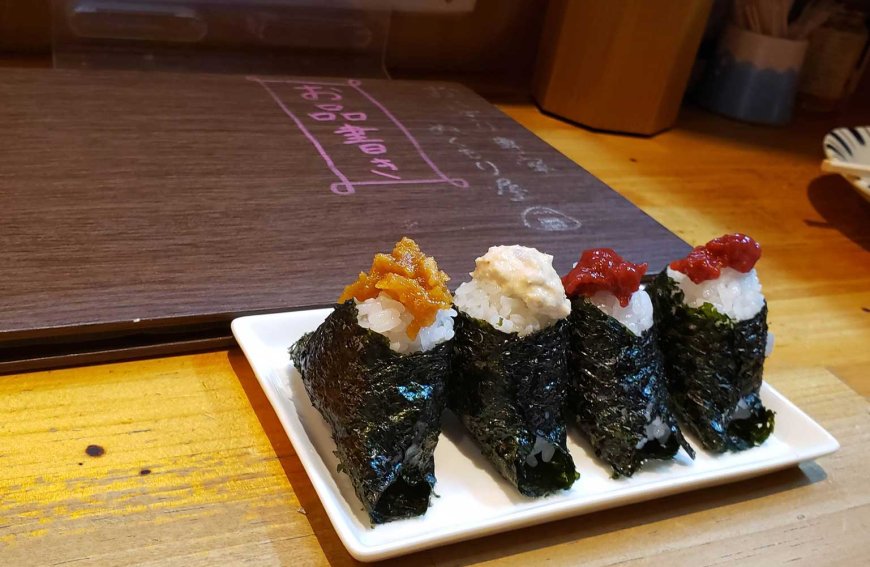
Onigiri - Japan's Timeless Rice Ball Tradition
Steeped in history and culture, onigiri is a delightful Japanese culinary creation that has captured the hearts and palates of both locals and visitors alike. Often referred to as rice balls, onigiri is more than just a quick snack; it's a versatile and culturally significant dish that embodies the essence of Japan's food traditions.
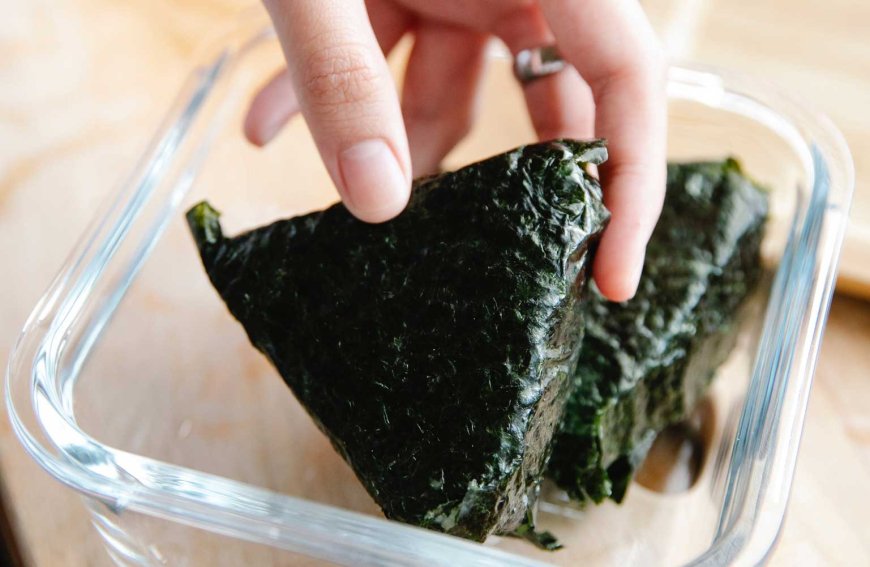
Origins and Evolution
The origins of onigiri can be traced back to ancient Japan, where rice was considered a sacred staple and had great symbolic importance. In its early form, onigiri was a simple mixture of cooked rice and salt, shaped into a convenient, portable triangle or cylindrical shape. These rice balls were easy to carry and provided sustenance to travelers, warriors, and common folk.
Over the centuries, onigiri underwent a transformative journey, adapting to the changing culinary landscape of Japan. Innovations in fillings and techniques led to a wide variety of flavors and styles. Traditional fillings included pickled plums (umeboshi), salted salmon, and kombu seaweed, creating a harmonious blend of flavors and textures. As time progressed, onigiri fillings diversified to include everything from tuna mayo and teriyaki chicken to more contemporary options like tempura and curry.
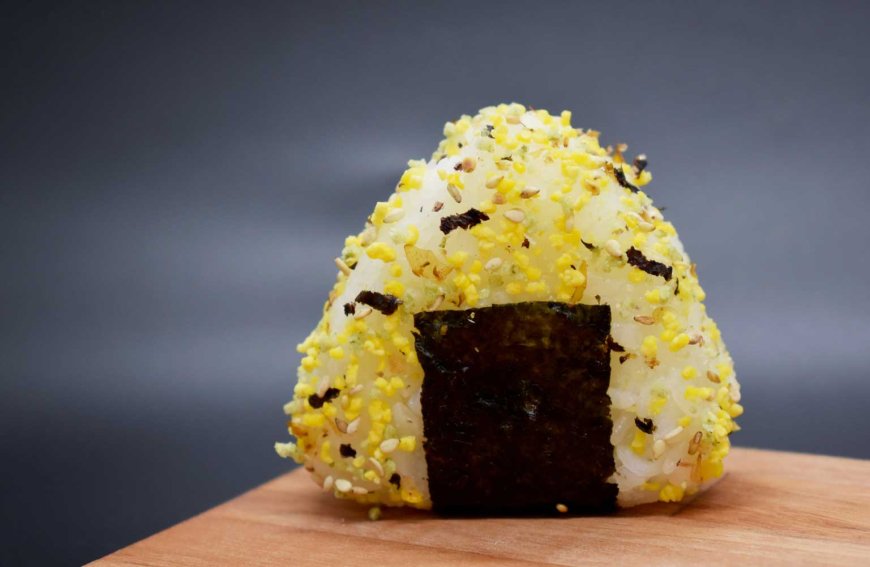
Cultural Significance
Onigiri is not merely a culinary delight; it is deeply ingrained in Japanese culture. Its portable nature and storied history make it a symbol of comfort and nostalgia, often associated with fond memories of childhood, family outings, and travels. These rice balls are commonly found in bento boxes, picnics, and lunch packs, acting as a reliable and convenient meal option.
The act of crafting onigiri has also become a cherished tradition. Families often gather to create their own personalized rice balls, sharing stories and bonding over this communal experience. The simplicity of shaping the rice with one's hands brings a sense of satisfaction and connection to the food being prepared.
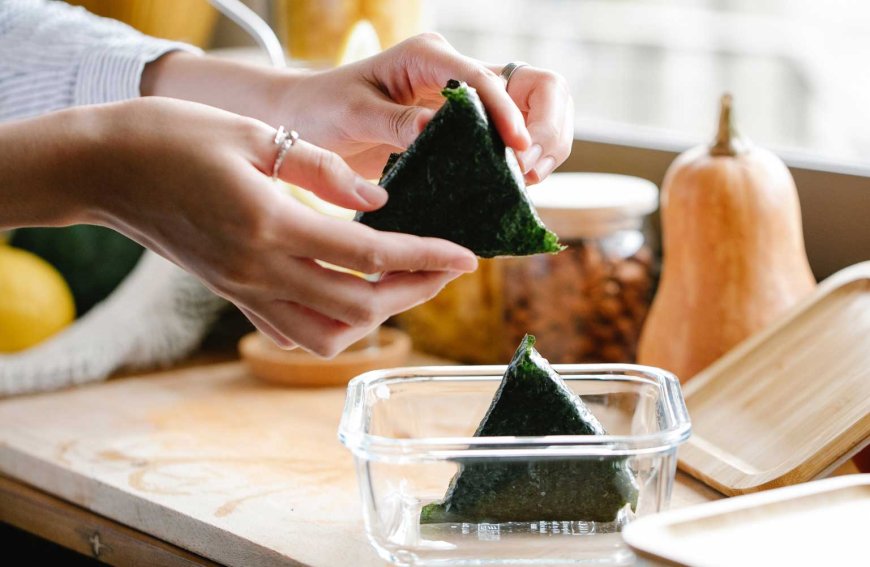
Shapes and Presentation
Aesthetic presentation is crucial to the art of onigiri-making. The meticulous process of shaping and wrapping the rice balls showcases the Japanese attention to detail. Traditional onigiri are commonly formed into triangular or cylindrical shapes, often covered with a sheet of nori seaweed to prevent sticky fingers. This iconic wrapping also adds a subtle umami flavor and texture to the overall experience.
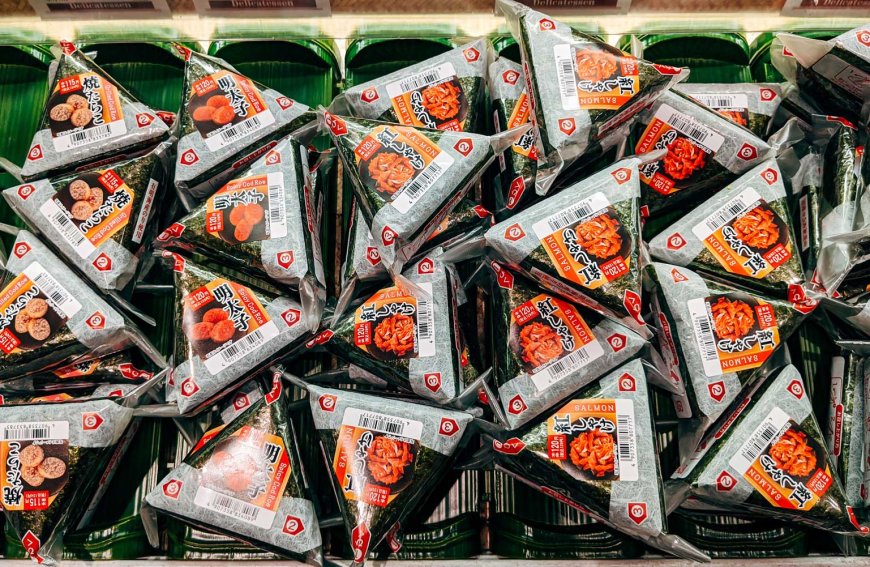
Modern Variations and Global Appeal
In recent years, onigiri has gained international recognition and has found its way onto menus around the world. Japanese convenience stores offer an array of onigiri options catering to diverse tastes, making it a staple for those seeking a quick and delicious meal.
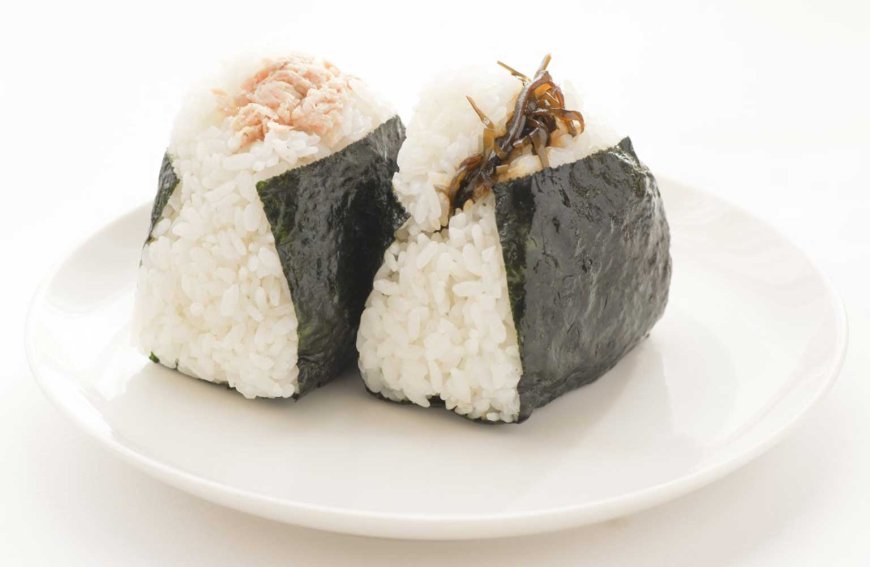
Health-conscious consumers have also embraced onigiri as a nutritious choice. Its core ingredient, rice, is a complex carbohydrate that provides sustained energy, while various fillings offer a balance of proteins and flavors. Furthermore, the simple preparation methods and natural ingredients align well with contemporary dietary trends.
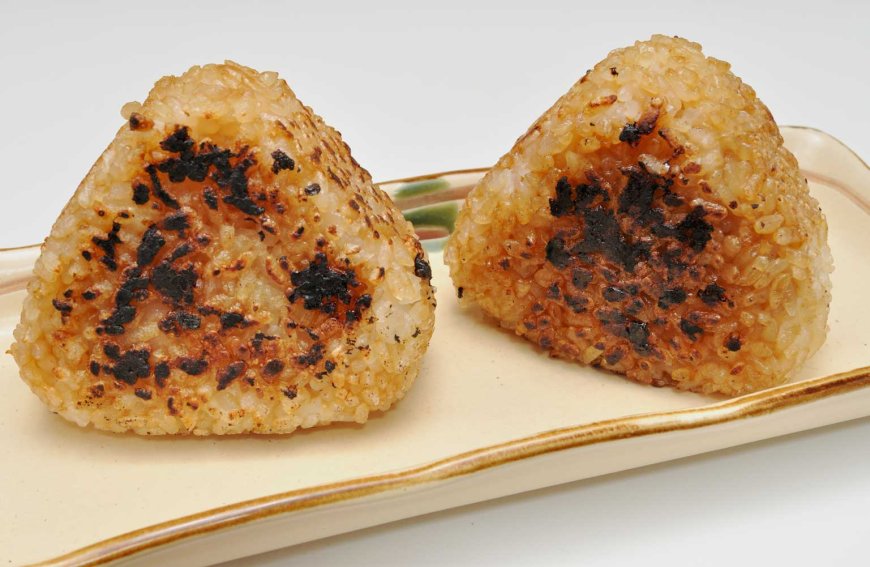
Onigiri is a culinary gem that transcends generations, encapsulating the essence of Japanese food culture. Rooted in tradition yet open to innovation, these portable rice balls offer a delightful blend of flavors and textures that speak to the heart and stomach. As the world continues to embrace the beauty of Japanese cuisine, onigiri stands tall as a beloved dish, symbolizing the harmony between simplicity, tradition, and modernity.
Find Cheap Flight Tickets to any Destinations in Japan and the Philippines
Nipino.com is committed to providing you with accurate and genuine content. Let us know your opinion by clicking HERE.





























































